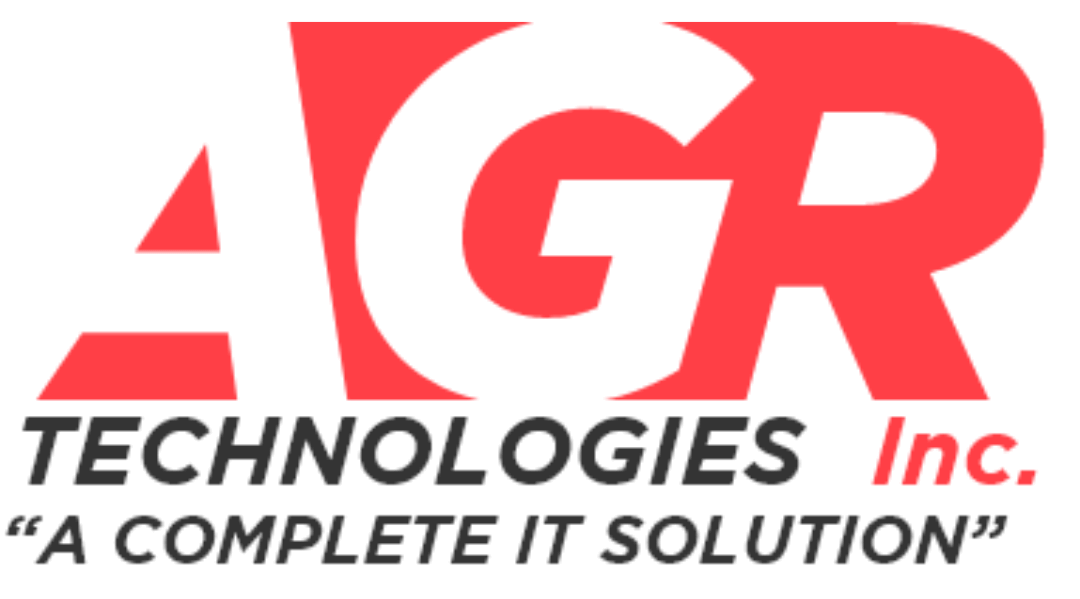
The Foundation for Growth: Making Sense of IT Infrastructure Management Services from AGR Technologies
In the American economy, a company doesn't just use technology; it runs on it. This digital foundation—all the servers, networks, software, and data—is its IT infrastructure. When it’s stable, the business operates smoothly. When it breaks, the business stops. IT Infrastructure Management Services is the professional discipline of building, monitoring, and maintaining this entire environment. The goal isn't just to fix things; it's to keep them from breaking in the first place, shifting a company from a reactive "fire-fighting" mode to a proactive, stable state.
This infrastructure is rarely simple. Most companies today use a "hybrid" model, a mix of on-premise hardware they own and cloud services they rent. Governing this blended environment is a major challenge. We, at AGR Technologies Inc and our Infrastructure Management Solutions exist to solve this exact problem, providing the expertise to manage the complexity so all pieces of the tech stack work together.






